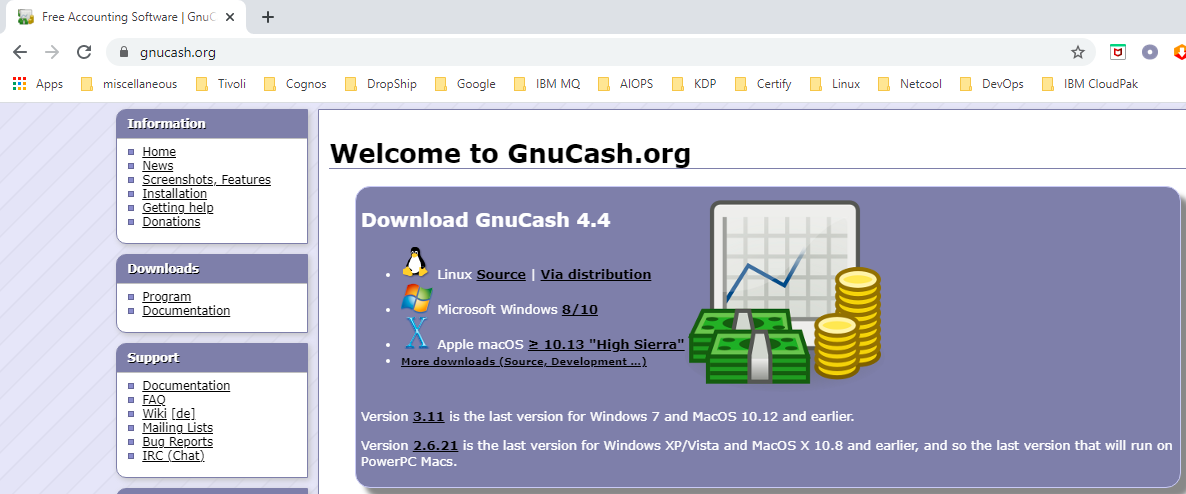

Use the certificates/keys found in /etc/mariadb/certificates - as noted in the docs and/or the "quick start" notes from the landing page.
#GNUCASH MYSQL PASSWORD#
#GNUCASH MYSQL UPDATE#
UPDATE `mysql`.`user` SET `Host` = 'hostname' Limit incoming connections to specific hosts: In a production environment it is recommended to


Adminer administration frontend for MySQL (listening on port.Web Control Panel, including "quick start" docs, noting info about SSL MySQL connections.Another thing to consider is making sure you're using the same version of the client on each computer, different versions are often backwards but not forwards compatible.This appliance includes all the standard features in TurnKey Core, If that works, then your putty config is the problem. Another idea would be to skip the tunnel, try connecting the Windows client to the db ip (192.168.0.X) port 3306 directly. Check the web for tutorials ( for example) and make sure you're not missing a step. You've verified your ports (3306 on db, tunneled to local ie 5555) and connected a gnucash client to 127.0.0.1 (not localhost) port 5555 on a linux box successfully? Then I'd suggest you review your putty config on Windows. Getting to your specific question, you've verified the db is running and created (users, grants, etc). Also, the more of us there are, the more ideas that can be shared and cool stuff that gets created. While I realize what I've done is beyond the average consumer, I don't think it's out of reach of a comfortable linux user who can navigate sql and bash. Not only are saves / updates automatic and instantaneous, but it has allowed me to create multiple homebrew tools to display / graph data (local network webpages using php, JavaScript, etc). In my considered opinion, " this is the way" to run gnucash. I have a similar setup to what you describe, linux server running mysql on my home network, which is accessed by connecting the gnucash application to that DB from Windows and linux pc's / laptops.
#GNUCASH MYSQL CRACK#
Your question has more of a tech support vibe to it (so it might be better suited for another stackexchange forum), but I'm going to give it a crack anyways.


 0 kommentar(er)
0 kommentar(er)
